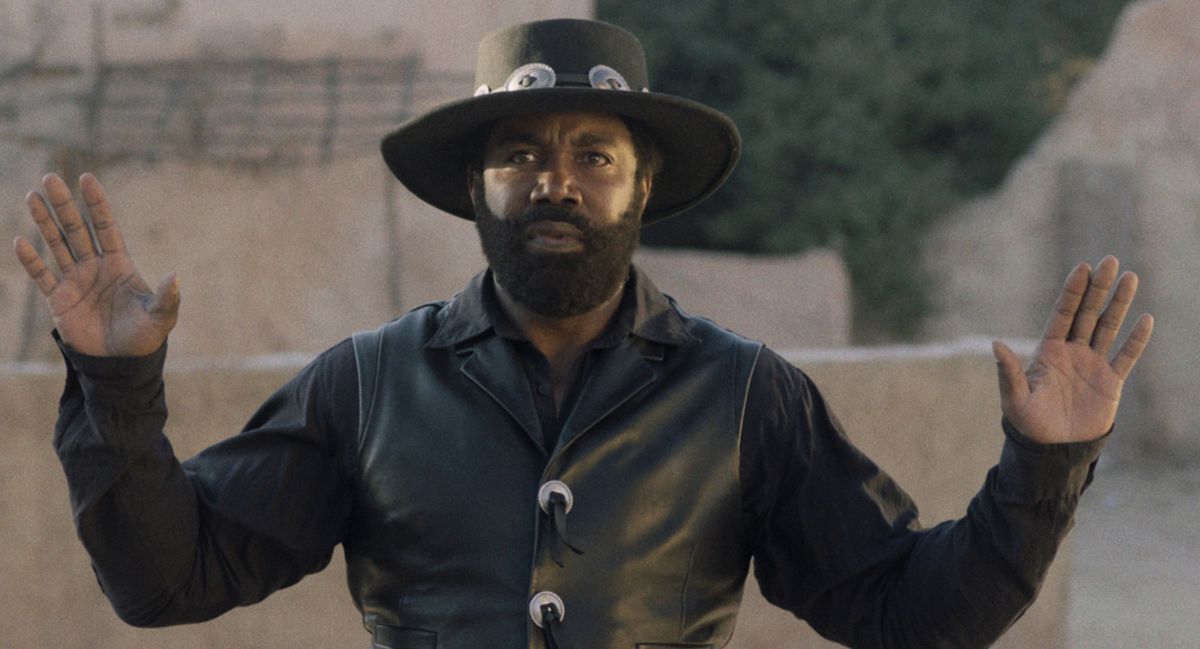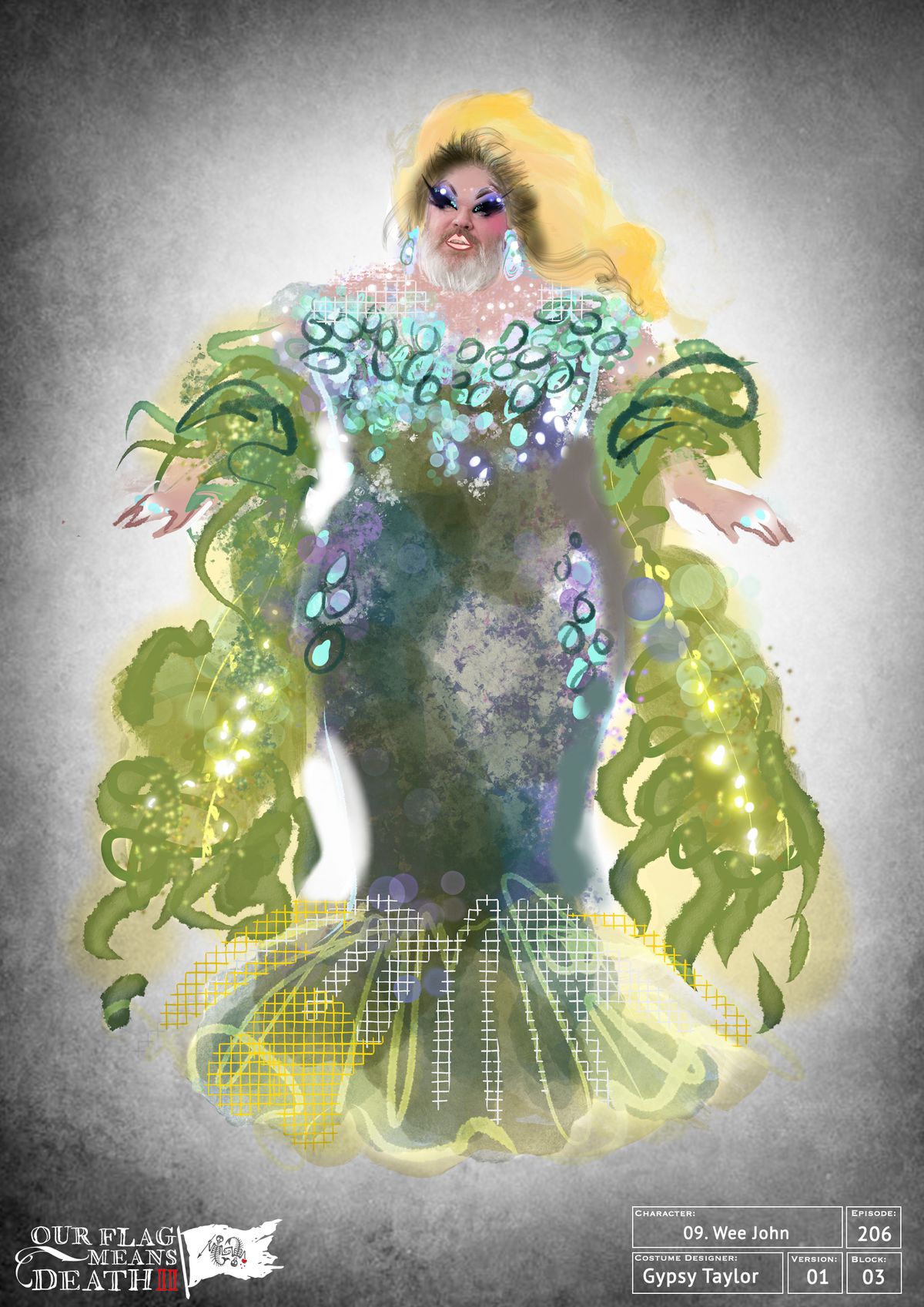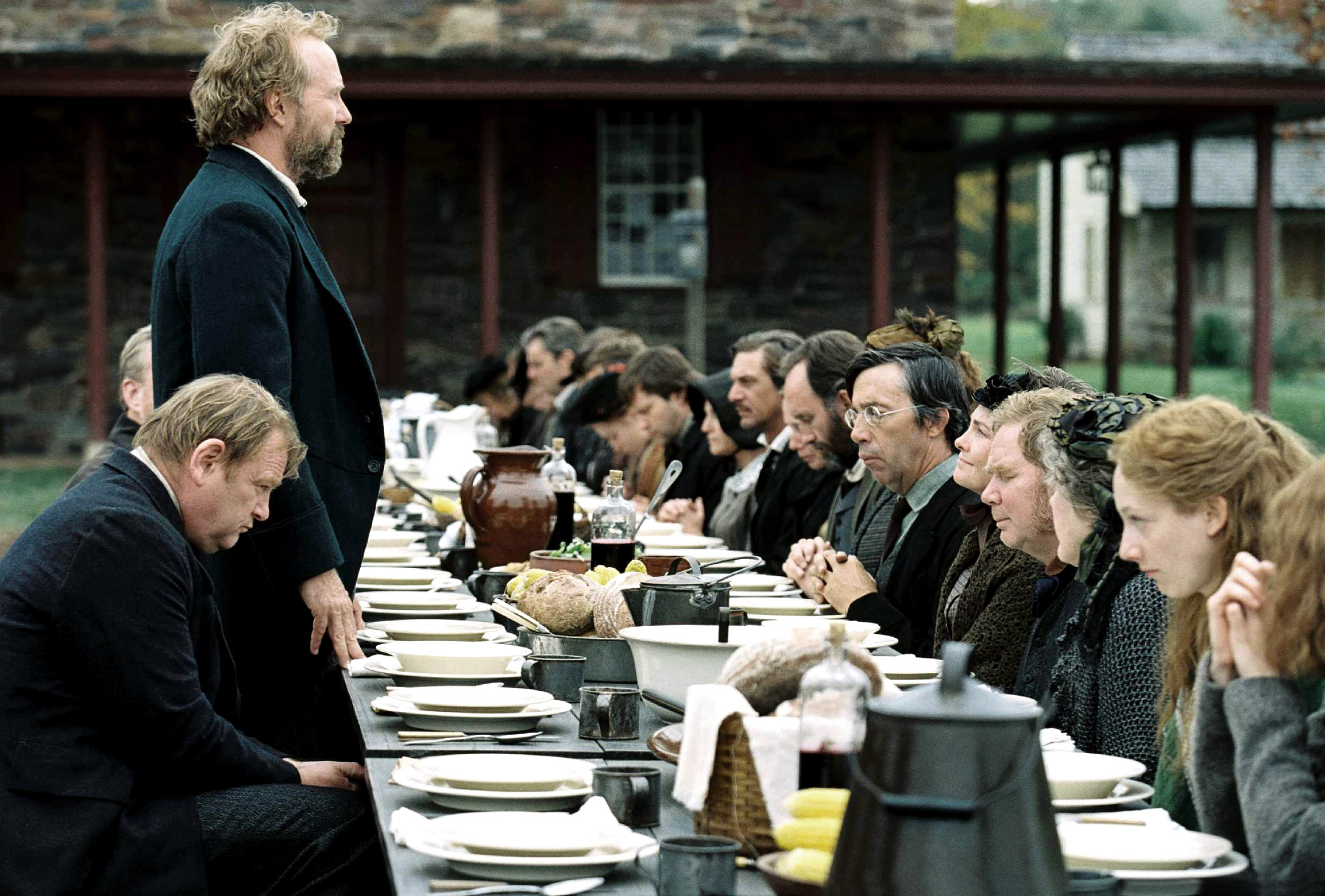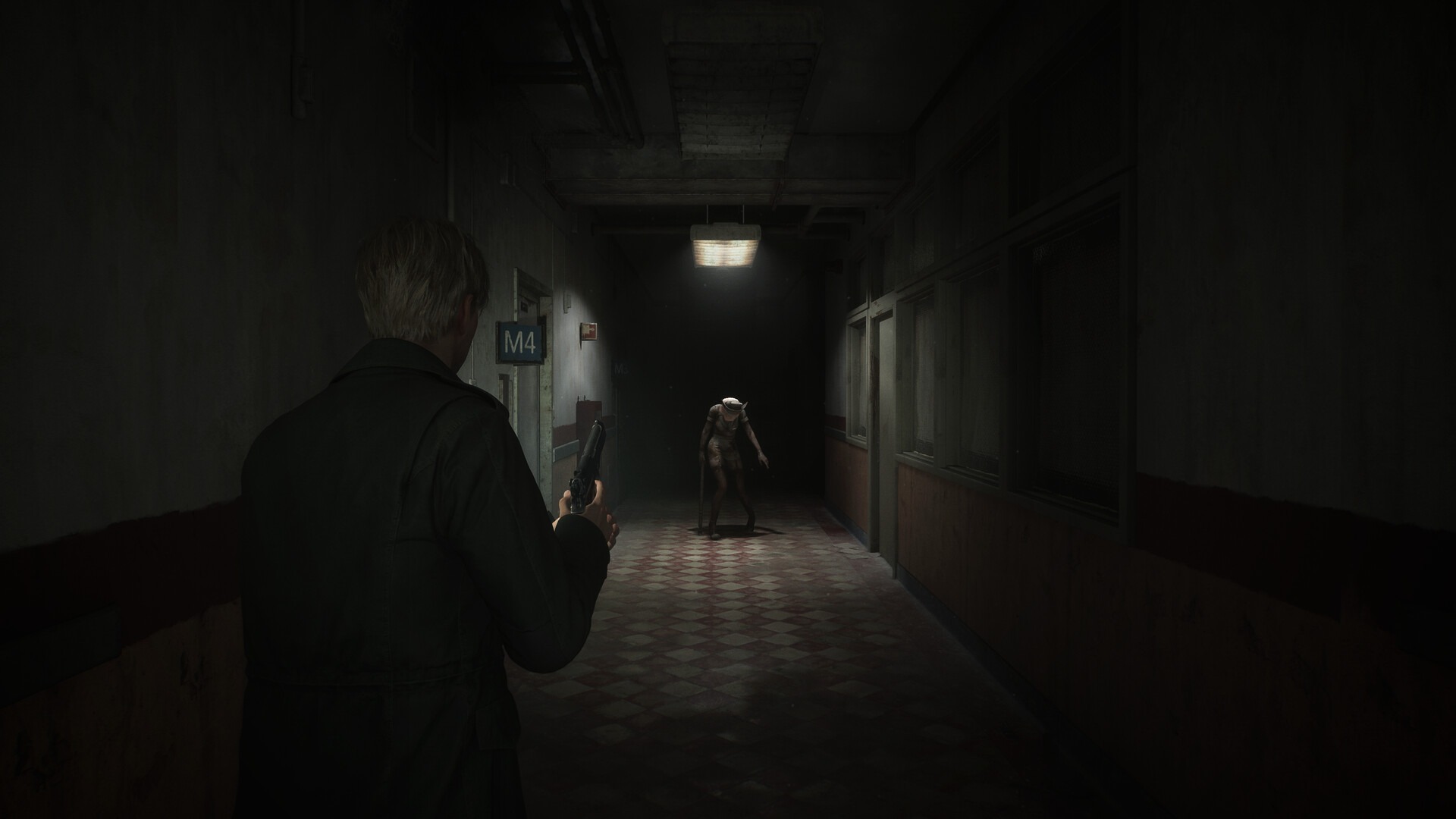With eyes as round as grapes and lips too small to do anything but pout, Blythe dolls look like sullen angels. Those haunted stares work to their advantage in a crowded market; Blythes have spent the past 23 years charming a dedicated group of primarily female fans, many of whom pour thousands of dollars into customizing their toys.
Blythe, with toothpick legs and stormy eyes that change color with the yank of a string at the back of her head, was once the weird girl at the lunch table. Though skyrocketing Google searches for “blythe doll” attest to her current popularity among fashion brands and collectors, American manufacturer Kenner originally discontinued her in 1973 after only one year on the market.
Still, some were left mesmerized. In 2000, photographer Gina Garan released a romantic photobook, This Is Blythe, which presents Kenner’s serious doll as the perfect model, posing in oversized sweaters, then while topless, looking demurely through a veil of eyelashes. Junko Wong, president of Japanese ad agency CWC, saw these gauzy photos, hazy as if coated in vanilla lip balm, and “could sense the potential of [Blythe] as a cultural icon,” she told website Plastic and Plush in 2005.
Wong relaunched her “neo-Blythe” through CWC in 2001, and the doll has been expertly implementing hypnosis ever since. “I learned about them on YouTube videos [about four years ago],” 66-year-old Marna Kazmaier, who runs the informational website Whimsical Blythe, tells Polygon. “They were not appealing to me at first. But then one day — I don’t know why — they just were very appealing. Right then, I went and bought one online.”
:no_upscale()/cdn.vox-cdn.com/uploads/chorus_asset/file/25367626/abigail_rigby.jpeg)
Kazmaier now owns tons of custom and as-sold Blythes. Her collection includes a few original Kenner dolls (these have a resale value of up to around $1,000), dolls manufactured by companies Ashton Drake and Takara (both worth about $300), and one doll made by Good Smile Company, which currently produces $160 dolls for Blythe’s official online shop, Junie Moon.
Kazmaier’s motley collection represents the typical retail experience for a Blythe enthusiast. Like gaming PCs, Magic: The Gathering cards, fancy headphones, and other geek fare, Blythe dolls enjoy a niche but thriving online marketplace. A prospective buyer can pluck genuine Blythes straight off of Junie Moon’s vine — now produced in limited quantities, and only in Japan — or they can buy one of several iterations from a vintage reseller for around $200. But the world of custom Blythes allows fans’ imaginations to go well beyond what can be found on Junie Moon’s straightforward online shop. Meticulously scanning eBay, Etsy, and Instagram reveals purchasable dolls with airbrushed, sensual faces, four sets of bespoke blinking eyes, articulated body parts, and atelier-level outfits.
Pre-built customs cost, typically, $300 to $800, though the dolls are just as frequently priced around $1,000 to $2,000 based on materials used and amount of hours put into their creation. The really high-end stuff — flyaway hair made from Angora goat wool, hand-sewn lace dresses, replicas of Leonardo DiCaprio in The Revenant — can retail for as high as $5,000.
This may sound like a huge fuss over dolls… and it is, even within the centuries-old doll collector community. Members of the relatively new Monster High doll fandom rarely alter their dolls beyond a $200 paint job, and fans of one of the oldest collectible dolls, the Kewpie cherub, which went into production in 1912, tend to stuff them into $5 hand-knitted onesies at most. But according to collectors, Blythe dolls produce an unreplicable maternal pull for avid collectors. It’s all in their world-sized eyes.
“When I saw those big, buggy eyes, I couldn’t resist adding her to my collection,” Natalie Preston, the 37-year-old New Yorker behind collectibles Etsy shop WonderTreasures, tells me. “Her main appeal to me is her shifty eyes. The fact that she has four different eye positions makes her more animated and expressive than a static doll. She can have different personalities or moods with the pull of her cord.” These flickering eyes offer collectors a more robust and intimate customization experience than any other doll on the market is capable of; Blythe lets women build their dreams down to the last detail, and she’s more real than a designer baby.
:no_upscale()/cdn.vox-cdn.com/uploads/chorus_asset/file/25367739/blytheebay.jpg)
But “some people will say that the only true Blythe dolls are the original Kenner creations from 1972,” reads a 2022 Toy Box Philosopher post explaining the difference between real and “fake” Blythes. Other people buy relatively cheaper “factory” Blythes, or imitation dolls “marketed as being made from ‘real factory parts.’” Blythes made by the company ICY, as Toy Box Philosopher puts it, have “chubbier cheeks and more almond-shaped eyes,” while the “DBS doll,” a fake made by Chinese company Zhongshan Debisheng Toys, has varying measurements.
These so-called knockoffs may or may not be a scourge; it depends on the Blythe collector you’re talking to. Kazmaier tells me she, personally, does “not call any Blythe dolls ‘stock’ or ‘fakies.’
“Both words seem very wrong to me for dolls,” she says.
Junie Moon sells plenty of artisan eye chips ($5), dresses (up to $138), and airbrushed custom dolls (up to $900) in its authentic storefront, too. But Trish, a 52-year-old web designer who sells custom Blythes from her website adorablymini, specifically seeks out “inexpensive factory dolls” from China for use in more bespoke customization. The hunt is part of the luxury. “I’ve spent $700 on dolls alone,” Trish says, and thousands on raw material and art supplies.”
Abigail Rigby, who runs the custom Blythe shop The Quill and Clay, tells me her most expensive modified doll cost sold for “about $1300” and cost a month of her time. For Rigby, working on a doll generally requires “sanding, carving, sanding, sanding, and more sanding” its patient face until she gets to the “fun part,” the paint, for which she might use PanPastels, Sennelier oil pastels, colored pencils, and acrylic, among other mixed media.
“Every Blythe customizer has their way of doing things,” says Preston. She’s been modding Blythes since 2012 (“I loved that you could easily remove her head,” Preston says), initially using them as catalog models for the doll clothes she was selling on Etsy.
“I don’t usually start with a plan,” she continues. “It’s pretty easy to mess up a doll’s face if your dremel slips, you sand too much off, or the plastic chips because it’s brittle. I think a lot of customizers lean into these little ‘mistakes,’ and that’s what gives each doll its one-of-a-kind personality.”
:no_upscale()/cdn.vox-cdn.com/uploads/chorus_asset/file/25367636/natalie_preston2.jpeg)
“The carving process usually takes the longest,” says 31-year-old Nancy of the Etsy shop BlytheDreamsCo. Nancy sells cherubic Blythes that are fully modified, a process in which eyelashes are changed and individually placed and eye chips are handmade, as she notes in one doll’s description. She wraps a Blythe by “painting the face and fine-tuning all the little details before a doll is done.”
But it’s a gratifying grind, the Blythe customizers say, and it pops the shimmering borders of their imaginations like bubbles.
“I have this fun little fantasy belief that every [doll] finds her right mom (and vice versa),” Trish says. She remembers a doll she made last year, named Gracie. The woman who bought it thought stumbling upon the doll might have been a sign, the sun peeking through the clouds. Her childhood friend Gracie died a few years prior, she said, and Gracie the girl looked just like Gracie the doll.
“I still get chills when I think about it,” Trish says.
Moments like this — soft ones that connect women of all ages, all because they fell for Blythe’s bizarro big eyes — make modifying Blythe a worthwhile hobby.
“People outside of the community may look at [customizing Blythes] with some stigma and make comments about how it’s ‘creepy,’” Preston says, remembering how she was known as the “creepy doll girl” at her high school after she began collecting some in 1999. “But the people in the community have a fundamental understanding of what makes us the same: a sense of wonder and excitement about all of the possibilities of our creativity.”
Plus, “the women and men I know who collect Blythe are generally of an age where we don’t much care what people think of us,” says 43-year-old Beth Ramsden, who posts doll customization tutorials on YouTube. “I think Blythe, with her ’70s retro style and oddly shaped head, seems to match that nonconformist mindset!”
“Sometimes it is creepy,” Preston reflected. But “being creepy is fun too.”








